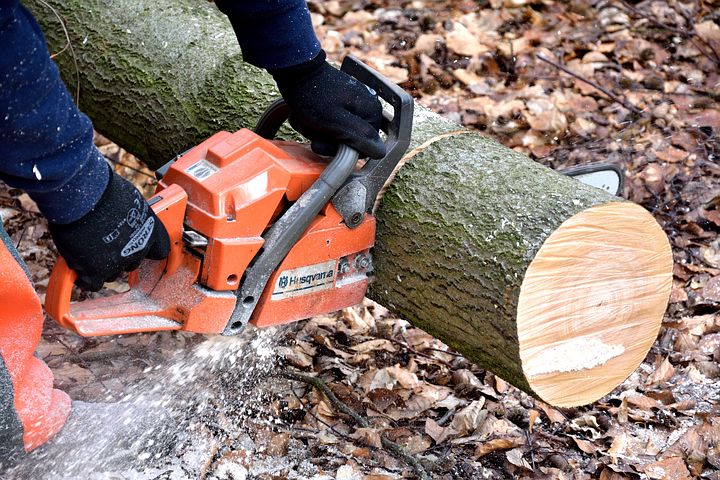
Receiving a comprehensive arborist report from a local provider will provide the client with a range of advantages.
Acting as a legally-binding document, these papers will outline with detail how an urban forestry site, garden, heritage listed property or outdoor setting can be correctly managed for a development or safeguarded from internal and external harm.
Both residential and commercial clients require this type of assistance for their own premises.
Yet those who consult with an arboriculture expert might not be wary of what to look out for.
Here we will offer some handy tips that will give a direct line to the best practitioners in the local area.
Do They Appropriately Evaluate Risks?
Whether there are risks that are apparent from the outset or they are later discovered for a landscaping or development project is immaterial. A comprehensive arborist report will be deemed suitable if it can accurately identify and evaluate the level of risk that is present based on a number of possible elements. This could feature deterioration of the tree, pests and infections that are eroding beneath the surface, faults with the infrastructure, exposures to hazards like power lines, the condition of the soil and exposures to harsh weather conditions. Each one of these factors is considered, even under best and worst case scenarios.
What Kind of Advice Do They Provide?
The central purpose of an arborist report is to offer practical strategies that will be put into effect. It will act as a management response to the potential risks that are identified as well as the techniques that will work to handle the development. From implementing pest control treatments and pesticides to trimming the trees and branches or completely cutting down and removing items that are intruding the path or zone, their advice in these instances has to correlate to the purpose of the initiative without placing the public in danger. The advice should leave participants in no doubt about their competency and avoid being spelled out in ambiguous language.
Do They Know How To File Licenses With Local Council Bodies?

Cutting down trees or turning over large portions of soil is an activity that can create danger for the community or, at minimum, a great deal of noise and activity that could be an interrupting presence. A specialist who is in the business of issuing an arborist report has to be able to manage and negotiate with local council bodies by lodging the correct types of paperwork and being diligent about the process. Breakdowns in communication and relationships won’t assist the client’s needs, so this maneuvering between departments and filing the right documentation is a genuine skillset.
Do They Have Level 5 Certification?
Those who are able to issue a comprehensive and suitable arborist report can only do so if they happen to have Level 5 certification. This will likely be in conjunction with their membership to Arboriculture Australia as they have earned their qualifications through an extensive education process. Operators that are not at this level are not in a position to handle the needs of the client. One of the outstanding features that a provider can offer is their experience and expertise, so any absence of Level 5 certification would illustrate that they fall short of the industry standard mark.
Summary
In order to rule out as many questionable arborist report providers as possible, it is a worthwhile endeavour speaking with trusted colleagues or community members who have been through a similar experience. If they vouch for their credibility, experience and expertise on the matter to offer their recollection of the process and it passes the test, that is a surefire sign that the specialist has the skills required to carry out the project.